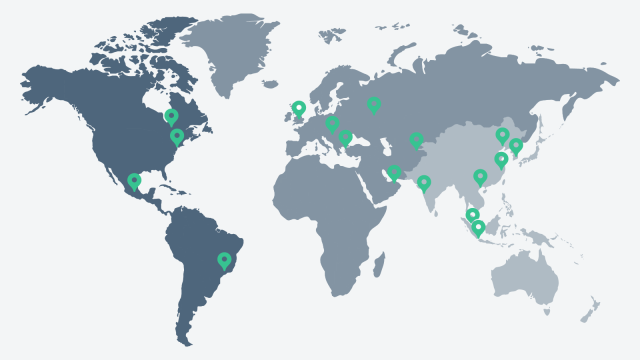The Schuldschein has established itself as an alternative to credit facilities and bonds: Why SMEs in particular are increasingly using the Schuldschein as a finance option.
Poltergeist, Kindergarten, Wanderlust and now a new addition: Schuldschein is the next new German word that is spreading rapidly throughout the English-speaking world. The Schuldschein (promissory note) has established itself on an international scale as an alternative not only to bonds, but to bank loans as well.
Technically speaking, the Schuldschein is a simple loan. And it is precisely the "simple" characteristic of the Schuldschein that makes it attractive to a number of companies, particularly SMEs:
- The minimum amount for a Schuldschein is roughly EUR 20 million, whereas for most bonds it is only worth starting at a volume of EUR 500 million.
- The amount of red tape involved is much less than for bonds.
- An external rating is not necessary.
- Business data is disclosed only to investors that express an interest.
- The number of investors can be set at a low or high level – LBBW can target over 700 investors if required.
- LBBW targets investors with a long-term investment interest.
- The Schuldschein give SMEs the option of accessing LBBW finance without going direct to the capital market.
- The interest rates for borrowers are comparatively low, yet still attractive to investors.
- Borrowers can split the term of the loan into tranches and don't have to repay the debt in one fell swoop.
The Schuldschein can be "manageable" and "large". Jumbo issues involve billions: ZF Friedrichshafen collected EUR 2.2 billion and Porsche EUR 1.1 billion using this channel. LBBW arranged both issues.
ZF Friedrichshafen
The biggest Schuldschein in Germany to date
Porsche
45% of the funds came from international investors
LBBW: Market leader for the Schuldschein
LBBW has devoted years to establishing itself as the leading bank in Europe for the Schuldschein. It has facilitated around 400 transactions to date totaling a volume of over EUR 70 billion. LBBW likes to design challenging and innovative products like the world's first blockchain Schuldschein with Daimler and Telefónica Deutschland or the "green Schuldschein" with automotive supplier Mann + Hummel. LBBW takes advantage of its access to more than 700 Schuldschein investors from national and international banks, savings banks and institutional sectors to place its wide range of issues in the most fitting way.
Whereas jumbo issues are becoming increasingly rare at present, the number of SMEs issuing a Schuldschein is on the rise. "They will also continue to benefit from the same low interest rates as before," says LBBW analyst Hans-Peter Kuhlmann. Which is why the average terms are getting longer. The percentage of short-term loans (maximum of four years) is currently in single digits, whereas the number of new Schuldschein with a term of eight years or more is 27%.
Unlike traditional loans, promissory notes do not involve depositing collateral, which makes handling noticeably easier for companies. This greater flexibility appeals to mid-market and even major companies, according to LBBW expert Karl-Heinz Bühner: "The market for the Schuldschein will continue to remain extremely active and receptive."
Would you like to know more?
Your contacts at LBBW are






